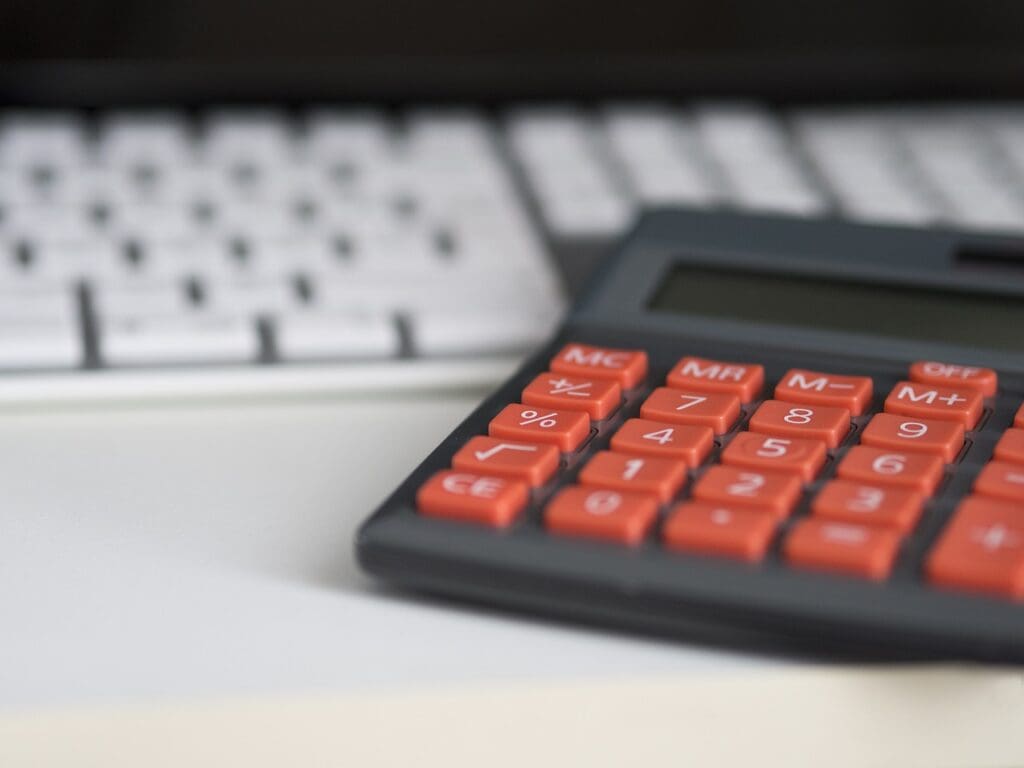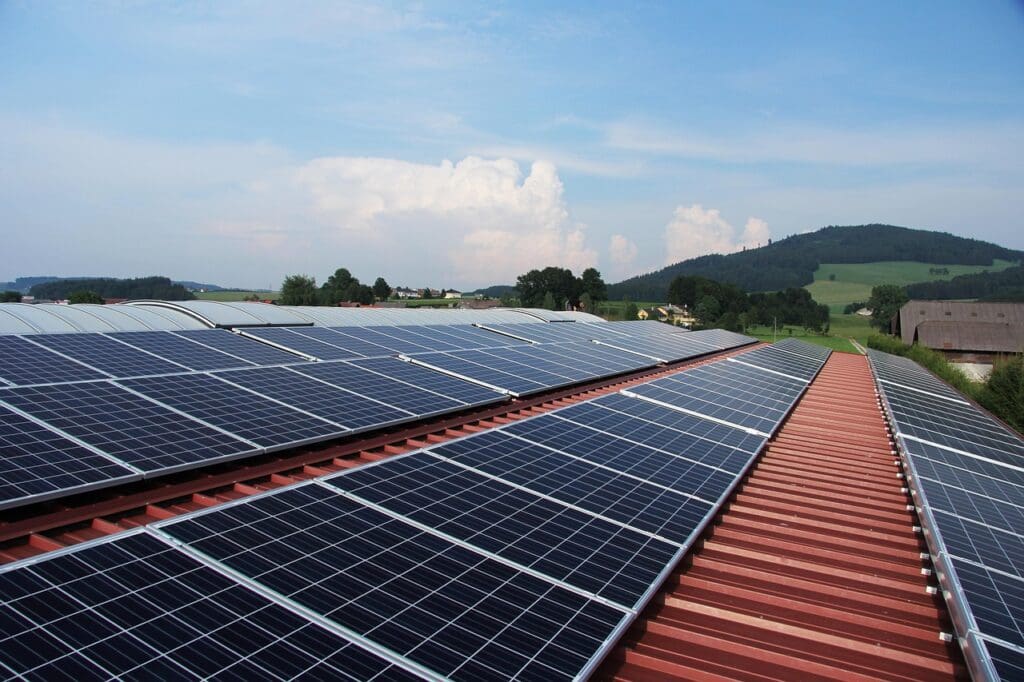How to Conduct a Business Energy Audit (Step-by-Step Guide)

As sales director at Ireland’s largest energy broker – Procure.ie – I meet business owners every day. From speaking with them on a daily basis, I know that running a business isn’t as simple as providing a product or service, you also have to keep a close eye on rising costs, sustainability commitments, and compliance obligations. One of the most effective ways to tackle all three of these issues at once is by conducting a business energy audit.
I’ve seen first-hand how an energy audit can uncover hidden inefficiencies, deliver quick savings, and lay the groundwork for long-term improvements. Whether you’re a small business looking for immediate cost reductions or a larger organisation planning for carbon neutrality, doing an energy audit is the first step in your journey to unlocking savings and increasing profits.
What is a Business Energy Audit?
A business energy audit is essentially a health check for your energy use. At Procure.ie, when we conduct energy audits, we look at how much energy your business consumes, where that energy goes, and most importantly, where it’s being wasted.
Whether for small or large businesses, we’re not just looking to cut costs; instead, we’re looking to:
- Make your operations more efficient.
- Reduce exposure to volatile energy markets.
- Support your sustainability goals.
- Ensure compliance with relevant energy efficiency regulations.
An energy audit is like putting your business on a scale, to get a clear picture before deciding where to trim and where to invest.
Why conduct an energy audit for your business?
In my experience, businesses carry out energy audits for a number of reasons, but the usual benefits that our customers see are as follows:
- Save money: An energy audit can identify low-cost or no-cost fixes that reduce your bills straight away.
- Improve efficiency: Identify better maintenance, smarter controls, and technology upgrades.
- Lower risk: Reduce exposure to energy price hikes and carbon tax increases.
- Stay compliant: Meet obligations under the Energy Efficiency Directive, or sector-specific requirements.
- Plan for the future: Understand your baseline energy usage and budget for the future.
We’ve been able to help businesses save hundreds of thousands of Euro’s for our customers by conducting energy audits. When we conducted a business energy audit for the Louis Fitzgerald Group, for example, we were able to identify 6 figure savings across 40 of their sites. Every business can benefit from the savings that an energy audit can identify.
Learn how an energy audit helped the Louis Fitzgerald Group
How to Prepare for an Energy Audit
Preparation is half the battle. The good news is that we are happy to conduct your business energy audit for you, so you don’t need to do this all yourself, but putting in some groundwork makes the process smoother and more effective.
Here’s how I recommend you prepare for your business energy audit:
- Gather documentation: 12–36 months of energy bills, meter data, equipment specs, and site plans.
- Do a pre-audit walk-through: Look for obvious inefficiencies like lights being left on, drafts, poorly set thermostats and so on.
- Engage your team: Depending on the size of your company and business premises, operations, maintenance, and even front-line staff can offer insights.
- Set objectives: Is your main driver cost reduction, compliance, or sustainability?
- Be ready to invest: Many fixes are free or low-cost, but others (like insulation upgrades or new heating systems) require upfront spend that pays off over time.
How to Conduct an Internal Energy Audit (Step-by-Step)
As I mentioned previously, we’re happy to conduct your business energy audit for you, you can contact us here to set up an audit. If you are dead set on doing your energy audit yourself though, you can follow our guide using all of the steps that I’ve listed below. These are the same steps I’ll usually go through when I’m conducting an energy audit for our customers:
Step 1: Analyse your energy data
Review bills and usage patterns.
- Look for anomalies like spikes in demand or high night-time consumption.
Check if you are in a contract or not – many businesses overpay without realising it, simply because they are out of contract. When your business is not in contract with a supplier, your per unit rate is usually higher. If you are not in contract with a supplier, we can scan the market for you to get you the lowest rates through our business electricity or business gas services. This is usually the easiest and quickest way to save money and we handle all of the paperwork.
Step 2: Walk the site
Inspect heating, cooling, lighting, and equipment.
- Check for leaks, drafts, or machinery running when it doesn’t need to be.
- Pay attention to “significant energy users” the big-ticket systems like boilers, refrigeration, or compressed air.
By walking the site and looking at all of the things listed above you can identify further opportunities for savings. For example, one common way we’ve helped our customers reduce electricity consumption is with an LED retrofit, LED lightbulbs use 80% less energy than traditional lightbulbs for example and there are grants available to help with the initial cost of an LED retrofit. I mentioned that we identified 6 figure savings for the Louis Fitzgerald Group earlier, an LED retrofit contributed to these savings.
Similarly, while walking the site you might identify areas where lights are left on constantly but don’t need to be, in this case you could install sensors so that the lights are only turned on when someone is in the room and energy isn’t wasted because someone forgot to turn off the lights when they left the room.
Step 3: Use checklists
- Lighting: Are you still using older bulbs? Could you add sensors or timers?
- Boilers & other heating/cooling equipment: Is insulation in place? Are controls set correctly?
- Equipment: If you run a restaurant for example, are ovens being left on for 4 hours when they don’t need to be?
Using a checklist to conduct your energy audit will ensure you don’t miss anything and that you prioritise the quick win opportunities.
Step 4: Prioritise opportunities
- Start with no/low-cost wins (switching to a new provider on a lower rate, LED retrofits, fixing leaks, adjusting controls).
- Then consider maintenance-based improvements.
- Finally, look at capital investments with bigger paybacks. One such example is installing solar panels. Solar panels can help reduce your energy consumption so that the number of units you use from the grid is reduced, thus reducing your overall bill. Again, we recommended that The Louis Fitzgerald Hotel Group installed solar panels which also contributed to the 6 figure savings I mentioned earlier.
Step 5: Develop an action plan
- Create a list of opportunities for savings.
- Rank them by cost, payback, and ease of implementation.
- Assign responsibility and monitor progress.
Final Considerations
A question I get asked a lot is “how do I know if the investment is worth it?”
Here is how I figure that out:
- Simple payback: How quickly you’ll recover the cost of the upgrade.
- Net present value (NPV) and internal rate of return (IRR): More sophisticated finance tools for bigger projects (such as installing solar panels)
- Life-cycle costing: Looks beyond upfront cost to consider maintenance and efficiency over the long term.
In my experience, many businesses are pleasantly surprised when they see all of the savings laid out for them, the numbers usually make a strong case for action, especially with the supports and grants available for stuff like LED retrofits and solar panels.
Taking action after an energy audit is complete:
An energy audit is only valuable if you take action. The best approach is to:
- Tackle the quick wins immediately (e.g. switching electricity supplier to get a lower rate).
- Build medium and long-term improvements into your budget and planning cycle.
- Continue to monitor your energy use to ensure savings are sustained.
Always remember the golden rule: efficiency first. Reduce waste and optimise what you already have before looking at long term projects. That way, if you do decide to invest in solar panels, you’ll need a smaller system and see a faster return because you’ve already reduced your energy consumption.
Energy Audit FAQs
How often should I carry out an energy audit?
Every couple of years is a good benchmark, but it depends on your business size, sector, and regulatory obligations. With that said, you should look at comparing the market and potentially changing suppliers every year to ensure you are always on the lowest rate.
Do small businesses need energy audits?
Yes, often small businesses benefit the most because even minor changes can deliver immediate savings that make a huge impact. Check out electricity rates for businesses in Ireland to get an idea of what companies are being charged.



